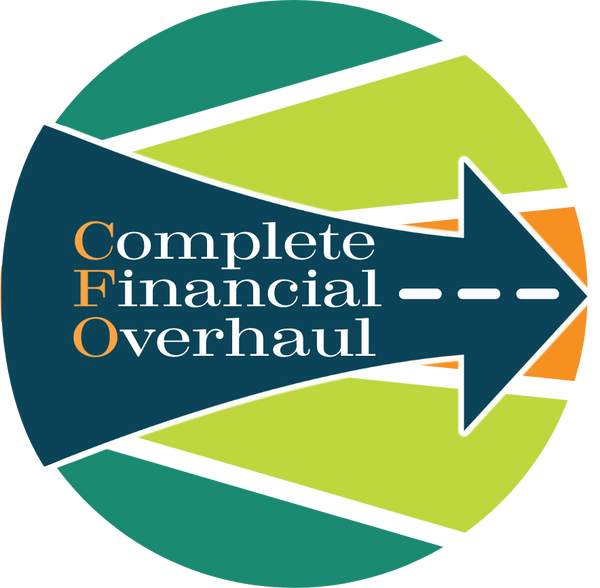How to List and Organize Your Debts
Share
Imagine your debts as a collection of puzzle pieces scattered across a table. Just as a puzzle becomes clearer when the pieces are organized, your financial picture becomes clearer when you list and organize your debts. By taking the time to gather and arrange all the pieces, you can better understand your financial obligations and create a plan to manage and eventually eliminate your debt.
Why is it important to list and organize your debts? Just as trying to solve a puzzle without organizing the pieces can lead to frustration, managing your finances without a clear view of your debts can lead to stress and confusion. Listing and organizing your debts helps you see the full picture of what you owe, prioritize repayment, and track your progress over time.
Start by gathering all your debt information. This is like sorting through the puzzle pieces—collect statements, bills, and any other documentation related to your debts. Be sure to include all types of debt, such as credit cards, student loans, car loans, mortgages, and any personal loans. Having all the information in one place is the first step toward gaining control over your debt.
Next, list your debts in a detailed manner. This is like laying out the puzzle pieces on the table—create a comprehensive list that includes the creditor’s name, the total amount owed, the interest rate, the minimum monthly payment, and the due date for each debt. You can use a spreadsheet, a budgeting app, or a simple notebook for this purpose. The goal is to have a clear, organized view of all your debts in one place.
Once your debts are listed, prioritize them. This is like grouping puzzle pieces by color or edge—decide which debts to focus on first based on your financial situation and goals. Many people choose to prioritize debts with the highest interest rates, as these are the most costly over time. Others may prefer to tackle smaller debts first to build momentum with quick wins. Whichever method you choose, having a prioritized list helps you focus your efforts and stay motivated.
Consider setting up a repayment plan. This is like following the puzzle’s picture on the box—it gives you a clear guide to follow as you work through your debts. Your plan might involve making extra payments on your highest-priority debt while continuing to make minimum payments on the others. As each debt is paid off, you can redirect those payments toward the next debt on your list. A structured plan helps you stay on track and makes the process of paying off debt more manageable.
Finally, track your progress regularly. Just as each piece added to the puzzle brings you closer to completion, each payment made on your debt brings you closer to financial freedom. Regularly reviewing your list and updating it as debts are paid off helps you see your progress and stay motivated. Celebrate each milestone, no matter how small, as a step toward achieving your financial goals.
By listing and organizing your debts, you’re not just managing your finances—you’re taking control of your financial future. It’s like putting together a puzzle where each piece brings clarity and progress, helping you build a stable, debt-free financial picture. With careful organization and a clear plan, you can effectively manage your debts and work toward a more secure financial future.
